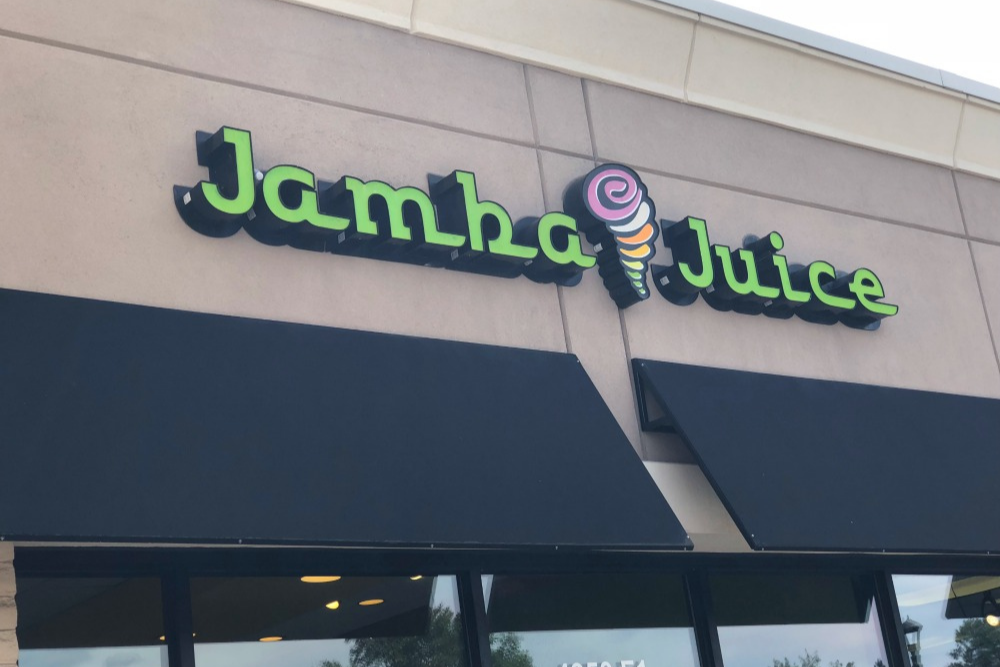
If you’re following a gluten-free diet, you may be interested in knowing if Jamba Juice is a safe option for you. I tested several items for hidden gluten, and share more about Jamba Juice’s gluten-free menu in this article. This post may contain affiliate links. Please see my disclosures.
The weather is hot and I’m craving some cold sweet smoothies from Jamba Juice.
Jamba Juice is a smoothie chain that boasts 885 locations across 26 states. Jamba Juice even has locations in Thailand, South Korea, Philippines, and United Arab Emirates!
Of course, the information in this post is pertinent only to the U.S. menu, and you must do your own due diligence when eating at a restaurant. The most current and accurate information will always be at the restaurant.
I took my Nima Sensor, a portable gluten-detecting device, to Jamba Juice to check the restaurant’s menu for hidden gluten.
If Nima Sensor finds gluten in your food, it will display a “Gluten Found” notice; if it doesn’t find gluten, it displays a smiley face.
I write all about the Nima Sensor, its limitations, accuracy of results, and more in this blog post called, What You Need to Know About the Nima Sensor. Before investing in a Nima Sensor, be sure to compare and contrast it to the new ALLIS Sensor, another gluten device that promises to be even better than Nima! (Read more about the ALLIS Sensor here.)
What’s Gluten Free at Jamba Juice
Before heading to Jamba Juice, I reviewed the company’s website and online menu to determine which items might be gluten free.
While I noticed that all the smoothies and smoothie bowls did not contain gluten, I also noticed that some of the menu items contained wheat and/or oats.
As you know, gluten is a protein found in wheat, barley, rye and sometimes oats. My guard went immediately up.
The items that contain gluten (wheat and oats) included the granola, pretzels, artisan flatbreads, breakfast wraps, and sweet Belgian waffles.
Please note that items with granola will likely contain oats, even if not marked on the menu. Oats are cross contaminated with wheat and should be avoided by those with celiac disease and gluten sensitivities unless the oats are labeled and/or certified gluten free.
You should also avoid wheatgrass. Wheatgrass, like barley grass, is technically gluten free, but it’s too risky unless its labeled gluten free. You can read more about wheatgrass in this article.
In addition to the smoothies being free from gluten, Jamba Juice carried several packaged items that were labeled gluten free, including Bare apple chips, Bare coconut chips and GoBitos roasted chickpeas.
Nima Testing Jamba Juice
I felt assured by the people working in the store that I would get a safe snack. They were very understanding, researched each item, and had an honest conversation with me. Kudos to Jamba Juice for having staff so well trained and knowledgeable
Here’s what I tested for hidden gluten along with how each item fared when put to the test:
Ginger Greens Smoothie
I searched for the drink that contained the lowest amount of sugar and I finally settled in on Great Greens Juice, a blend of cucumber juice, apple juice, ice, spinach, lemon juice and chia seeds.
However, the juicer at the Jamba Juice I went to was broken… so alas, I settled on the Ginger Greens Smoothie (vs Juice) instead.
It’s a bit hard to tell from my picture, but that is a smiley face displayed on my Nima Sensor. This means Nima did not find any gluten – whew!
Wheatgrass Shot
I was ultra-reluctant to drink a Jamba Juice wheatgrass shot even though wheatgrass is technically gluten free. I think it’s much too risky.
However, for the purposes of research, I decided to test the wheatgrass shot with my Nima Sensor. Are you shocked to see that Nima didn’t find any gluten?
Watermelon Hydration Bowl
I evaluated all of the smoothie bowls, and found that all of them, except the Watermelon Hydration Bowl, contained granola. As mentioned prior, granola contains oats and unless marked, oats contain a good bit of gluten.
The Watermelon Hydration Bowl seemed like the safest bet as it contains a watermelon juice blend, strawberries, pineapple, blueberries, peach, coconut chips, and chia seeds – no granola.
The Nima Sensor did not find any gluten in the Watermelon Smoothie Bowl either, although I want to add that the smoothie bowl was rather watery, not much different from a smoothie drink.
Do Better Jamba Juice
While I had great service and plenty of gluten-free options to choose from, I’m still a bit disappointed in the way the restaurant chain labels allergens.
Take for example its Acai Primo Bowl. It contains organic granola, but underneath the ingredient label, under “Allergy Information,” it doesn’t disclose that the granola may contain wheat gluten. Most gluten-free people know that oats cannot be trusted to be gluten free unless clearly labeled.
Here is a screenshot of what you see when you visit the Acai Primo Bowl page – notice how the Allergen Information doesn’t include wheat or a “may contain wheat” statement:
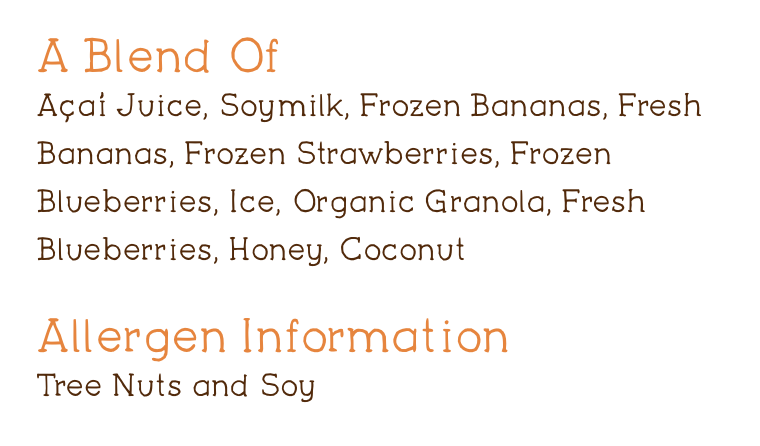
While I understand that Jamba Juice does not claim its smoothie bowls to be gluten free, it’s clearly providing allergen information. Omission of an important allergen can be confusing and misleading to someone reading the label thinking these products are safe for them to eat on a gluten-free diet when indeed they are not.
Additional Articles
You might also enjoy these articles:
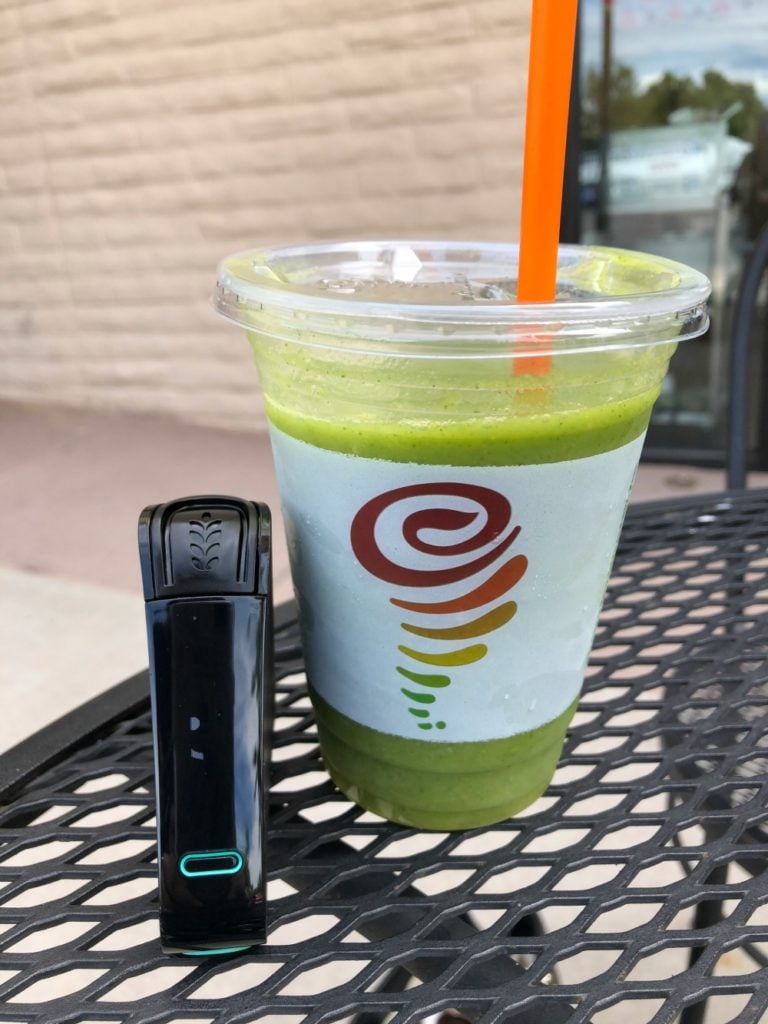
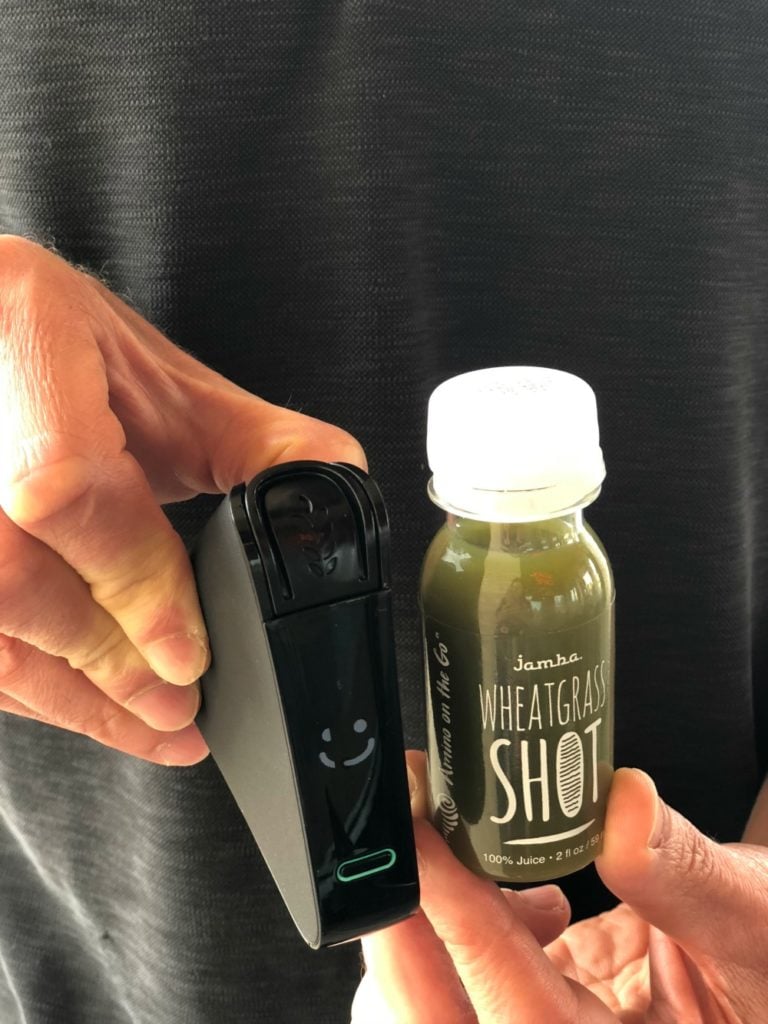
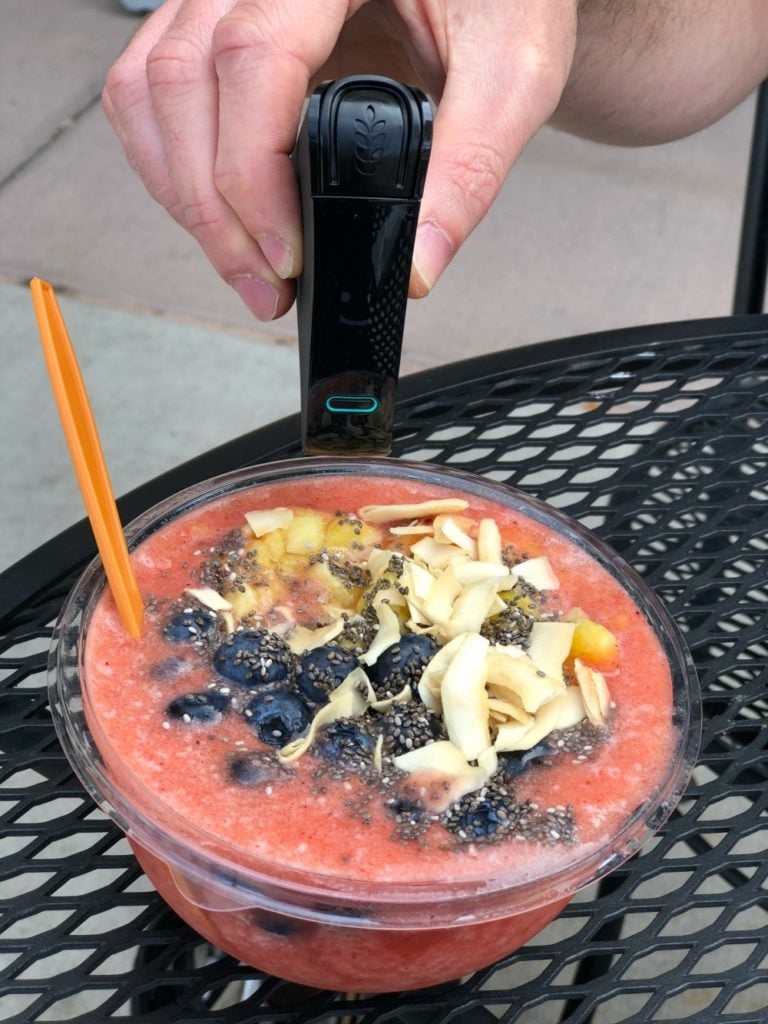
Thanks so much for this post! My teenage son has celiac and LOVES Jamba Juice! He is good about reading labels and would probably order the Acai bowl since it doesn’t say “may contain wheat” under allergens 😬. This is really frustrating and I hope they change their practices. For now though he will need to stick to their smoothies. His favorite is the peanut butter moo’d….I know high in sugar, which is probably why it tastes like a yummy dessert.